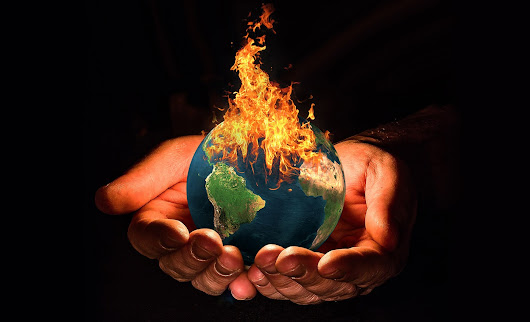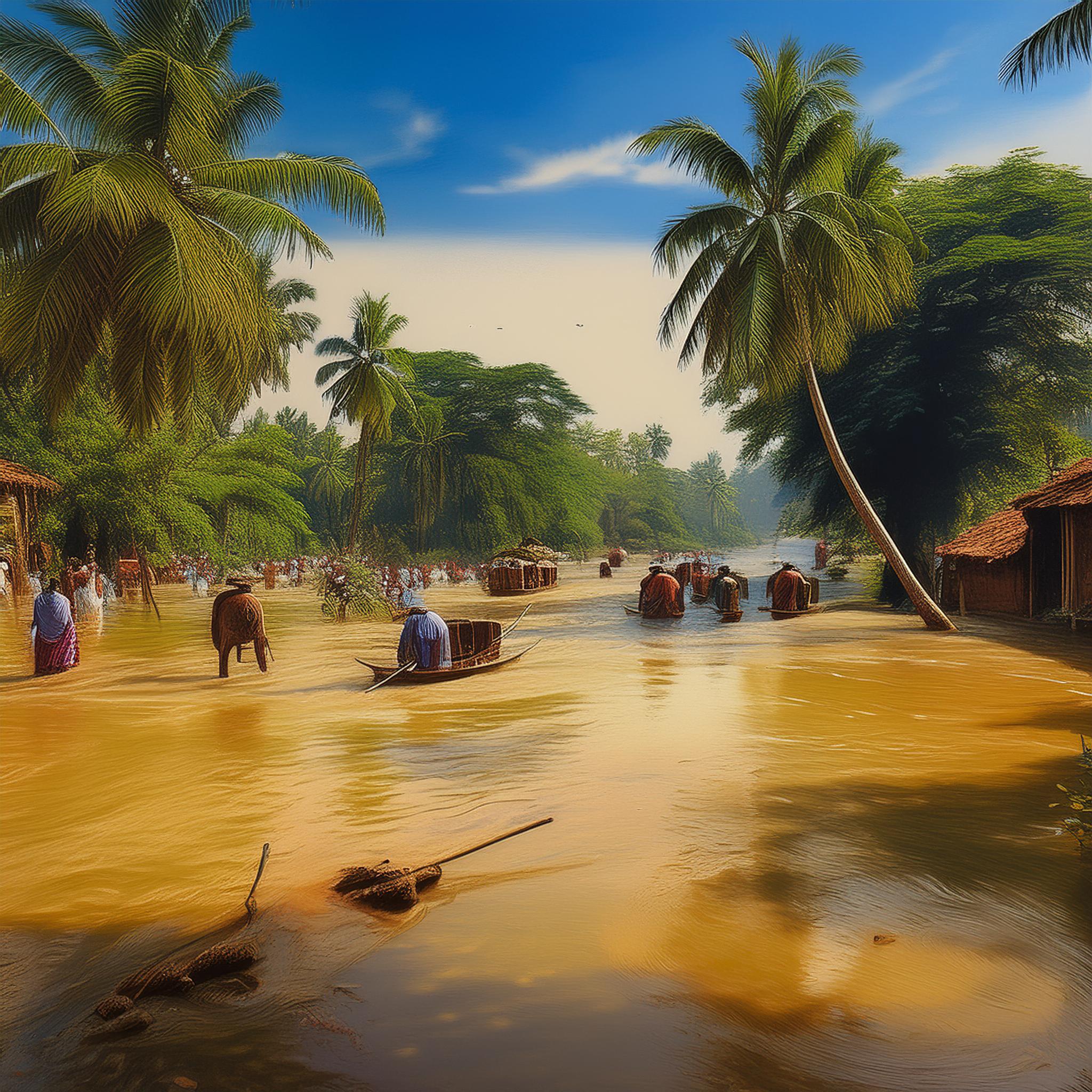
Abstract Climate change is one of the most important challenges facing humanity, and at its center lies carbon dioxide (CO2), which leads to environmental pollution. Among the primary components of a greenhouse effect, CO2 is something that contributes to cause climate change (temperature increases) worldwide. We first need to address what we mean when speaking about carbon dioxide and global warming. This article will go deep into the effects of CO2 on our planet and what we can do to help.
Carbon dioxide: Carbon dioxide is a greenhouse gas that occurs naturally in the Earth’s atmosphere. It results from natural processes such as respiration, volcanic eruption or the decay of organic material. But the human activities have released a large amount of CO2 to speed up global warming, leading an enhanced greenhouse effect.
The Greenhouse Effect: This is another one of the natural processes that helps keep our planet warm enough to allow life. Sunlight strikes the surface of the Earth, which in turn absorbs this radiant energy and emits it (re-radiates) as heat. Greenhouse gases such as CO2 capture a portion of this, trapping it before it cools the planet by radiating back up into space.
The greenhouse effect is necessary for life, but an overabundance of these gases can lead to excess warming. Since the onset of the Industrial Revolution, CO2 levels in our atmosphere have soared because human activities—particularly burning fossil fuels—have added tonnes of it to today’s count that has increased from 280 parts per million (ppm). This has led to a considerable increase in CO2 levels that intensified the greenhouse effect and — as we all know today — drove global temperatures up.
Consequences of High CO2 Levels; Rising CO2 and Global Warming have various far-reaching effects!
Global Temperatures Rising: The Earth’s accumulated average temperature has climbed 1.1 °C (2°F) since the late-19th century. At first, this seems negligible; however even minor boosts in temperature can lead to extreme weather changes, shuffling ecosystems and drastically raising sea levels.
Melting Ice Caps And Glaciers: As the global temperatures rise, polar ice caps and glaciers are melting faster. This not only impacts rising sea levels, but also puts wildlife at risk due to the need for ice-covered habitats of animals such as polar bears and penguins.
Examples of Extreme Weather Events: As the climate changes, so do some types of weather events such as hurricanes/cyclones/typhoons (all names for tropical storms with winds in excess…. These events can wreak havoc, uproot communities and stretch resources.–Factors to include:
Ocean Acidification: 30% of the atmospheric CO2 is absorbed in oceans. This causes ocean acidification, which is damaging to marine life, especially species that rely on calcium carbonate shells or skeletons — including corals and shellfish.
The Impact of Carbon Dioxide on Global Warming: What You Need to Know
Ecosystem Disruption — Many species are unable to survive the rapid changes for climates. It can affect migration of species, change the timing when plants grow and in some cases cause them to go extinct.
What Can Be Done? Eon has launched climate innovation to reduce CO2 emissions and stabilize theclimate a quarter of years in urgent notion against global warming. Here are some key strategies:
Transformation to Renewable Energy : The switch from fossil energy sources for example, coal and oil on the generation of electricity is very significant that signifies a relocation. These sources have near-zero CO2 emissions and are getting to be relatively inexpensive.
Invest in Energy Efficiency: Increasing the energy efficiency of buildings, vehicles and industrial processes has huge potential to lower CO2 emissions. Something as easy to do as increasing insulation, replacing inefficient appliances and adopting smart grid technologies can have a significant impact.
Reforestation and Afforestation: As trees grow, they absorb CO2 from the atmosphere so forests can play an important role as a carbon sink. It can offset emissions, restore natural ecosystems by protecting existing forests and planting new trees.
Carbon Capture and Storage (CCS): The capture of CO2 emissions from coal-fired power plants or large industrial sources, via post-combustion separation, precombustion solvent scrubbing technology that captures CO 2 before combustion begins in a syngas generation process. Although still in the stage of deployment, CCS has great potential for emission reduction.
Consequences of Increased Carbon Dioxide Concentrations
Lifestyle Changes: One family consuming less and creating less waste, or one small sustainable project can lead to lower CO2 emissions. Even the smallest action in totality can have a massive impact.
Conclusion: Although the problem of global warming is a difficult one to tackle, knowledge about carbon dioxide helps us in understanding this process. We can help put a halt to the pace of climate change by reducing our CO2 emissions and living more sustainably, saving this planet for generations that hopefully will also share the same concern. Through our collective actions, we can all have an impact today.









